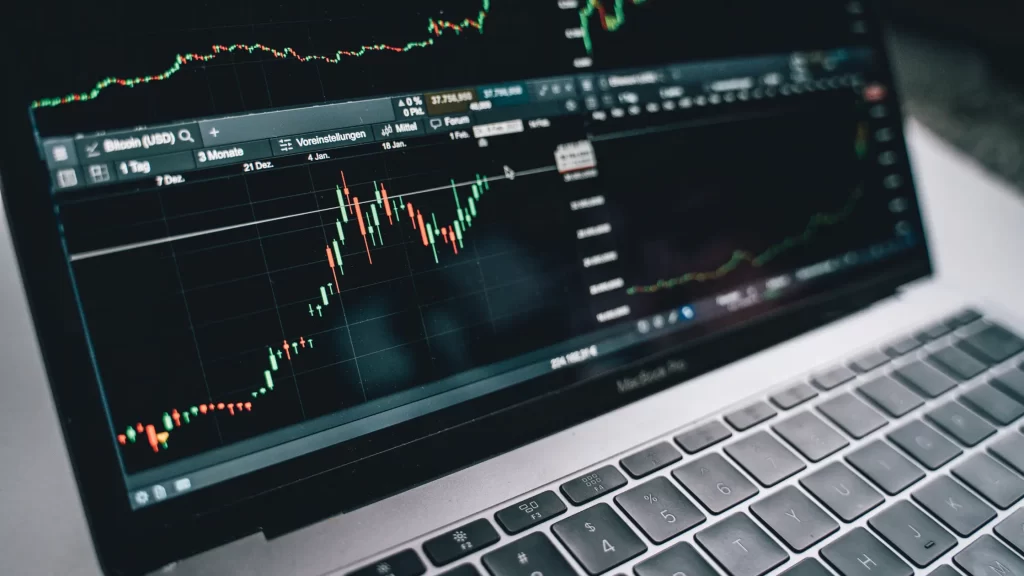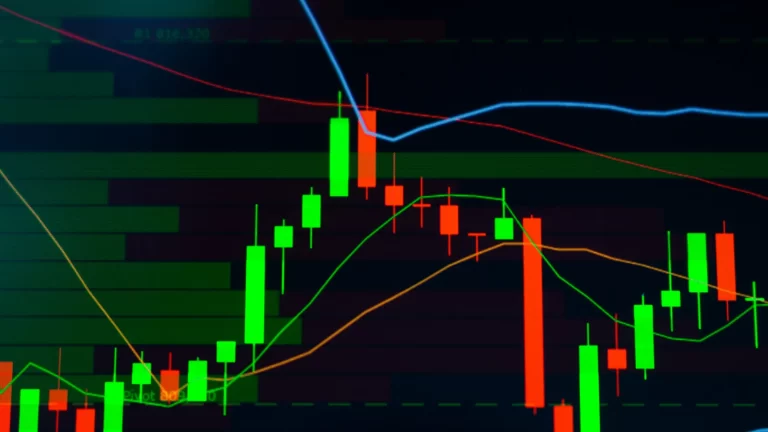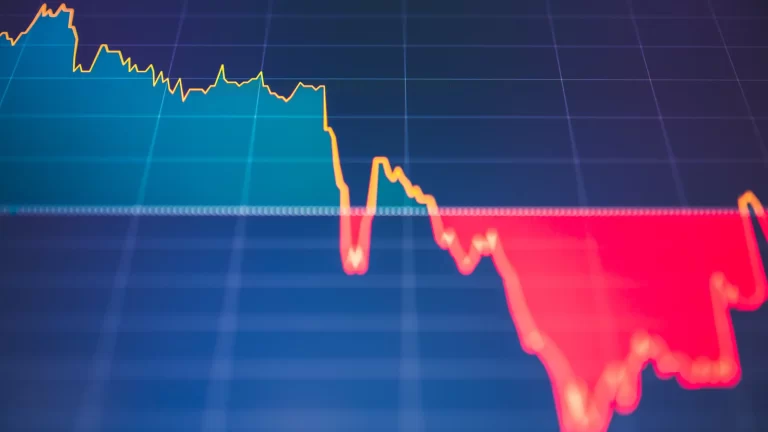21 Million Reasons Why Bitcoin Matters in a World of Infinite Fiat

Xi Jinping’s “Socialism with Chinese Characteristics” has long been a vessel for pragmatism cloaked in ideological zeal. But as America faces its own existential economic recalibration, the phrase “American Capitalism with Chinese Characteristics” aptly encapsulates the precarious balancing act of printing prosperity while fostering populism. The narrative, steeped in the whirlwind of quantitative easing (QE), fiscal steroids, and geopolitical brinkmanship, offers fertile ground for a compelling intersection: the macroeconomic framework shaping the global fiat system and Bitcoin’s inevitable rise as a hedge against its decay.
Let’s dive into this narrative with precision, cutting through the haze of monetary manipulation to uncover Bitcoin’s position in the shifting sands of financial hegemony.
The New American Playbook: QE for the People, Power for the Elite
For decades, the U.S. played a zero-sum game of privatized gains and socialized losses, with QE enriching the few while burdening the masses. From 2008 to 2020, the debt-to-GDP ratio ballooned as central banks pumped liquidity into financial markets. The result? A widening chasm between the coastal elites and Middle America, whose purchasing power dwindled alongside real wages.
Then came 2020. The pandemic marked a pivot. Stimulus checks and fiscal interventions – often criticized as reckless populism – revealed an economic truth: when the “plebes” spend money, velocity soars, and GDP outpaces debt growth. This shift dismantled the illusion of “trickle-down” economics. Poor people, it turns out, are more efficient stewards of liquidity than their ultra-wealthy counterparts hoarding capital in unproductive assets.
This experiment in economic populism exposed a potent formula: QE for the people can stimulate real growth. However, it comes with a catch – runaway inflation and the erosion of fiat wealth for savers and bondholders. As Fed Chairman Jay Powell swung the pendulum back toward austerity, the elites cheered the return of monetary discipline. Yet the underlying instability remains, setting the stage for Bitcoin’s inevitable ascent.

Bitcoin: The Millennial Hedge Against Financial Repression
Bitcoin thrives as the antidote to fiat debasement. In a world where fiscal largesse is the norm and monetary orthodoxy has all but crumbled, Bitcoin’s scarcity is its singular advantage. Every policy move – from Trump’s reindustrialization agenda to Powell’s rate hikes – reinforces Bitcoin’s narrative as the last bastion of financial autonomy.
Here’s Why Bitcoin Wins:
-
Finite Supply in an Infinite Fiat World
America’s path to industrial self-sufficiency demands trillions in new credit. Reshoring manufacturing, defense spending, and healthcare obligations will balloon deficits and necessitate further QE. Bitcoin’s 21-million cap makes it the ultimate store of value in this sea of liquidity. -
Decoupling from Fiat Metrics
Traditional assets like stocks and bonds are tethered to fiat. When measured against the expansion of U.S. bank credit, Bitcoin’s performance is unmatched. Since 2020, it has outperformed equities and gold, even when deflated by the supply of bank credit. This underscores Bitcoin’s role as an uncorrelated hedge, immune to the distortions of monetary policy. -
Global Demand for a Stateless Asset
America’s pivot to “American Capitalism with Chinese Characteristics” parallels China’s rise in the 1980s – a story of state-engineered growth funded by cheap credit. But unlike China’s renminbi, the dollar is a global reserve currency under siege. De-dollarization, spurred by geopolitical tensions, amplifies the demand for neutral, decentralized assets. Bitcoin fits the bill.
Industrial Policy: The Catalyst for Bitcoin’s $1 Million Price Tag
Trump’s proposed policies – subsidizing domestic industries, incentivizing American labor, and penalizing capital flight – mirror China’s playbook. While these initiatives may reinvigorate GDP, they also necessitate unprecedented levels of public and private credit creation. Let’s quantify:
- Reshoring Manufacturing: Decades of reliance on China cannot be undone without massive capital investments. Estimates suggest trillions in subsidies and cheap loans are required to rebuild supply chains domestically.
- Healthcare and Defense Spending: With an aging population and rising geopolitical threats, these expenditures alone could rival the pandemic-era stimulus.
- Debt-to-GDP Reduction: Achieving pre-2008 levels (70%) demands over $10 trillion in new credit.
As trillions flood the system, nominal GDP may grow, but real value diminishes for fiat holders. Bitcoin, with its deflationary model, offers refuge.
Constraints and Catalysts: The Role of SLR and Infinite QE
The Supplemental Leverage Ratio (SLR) is the key to unlocking infinite QE. By exempting Treasuries and “approved” corporate debt from SLR requirements, banks gain the capacity to buy unlimited government debt. The result? A liquidity surge that dwarfs the COVID stimulus, propelling Bitcoin into uncharted territory.
But this financial alchemy has limits. Inflation, wage stagnation, and political backlash threaten the system’s credibility. The more the Fed and Treasury manipulate the levers, the stronger the case for Bitcoin as an apolitical alternative.
The Geopolitical Overlay: Bitcoin in a Multi-Polar World
America’s pivot inward coincides with global de-dollarization. As nations diversify reserves away from the dollar, Bitcoin emerges as a universal alternative. Unlike gold, it is portable, divisible, and resistant to confiscation. In a fractured global order, Bitcoin transcends borders, appealing to individuals and institutions alike.
The Road to $1 Million Bitcoin
Here’s the playbook:
- Industrial QE Boom: Trillions in government-sponsored credit flood the economy, debasing the dollar further.
- Inflation and Repression: Savers face negative real yields, driving demand for hard assets.
- Global Adoption: As trust in fiat wanes, Bitcoin captures capital fleeing traditional systems.
- Scarcity Premium: With dwindling liquid supply, every marginal dollar pushes Bitcoin higher.
The math is simple: finite supply + infinite demand = exponential growth.
Conclusion: The Dawn of Bitcoin Maximalism
“American Capitalism with Chinese Characteristics” may temporarily reignite economic dynamism, but it accelerates the erosion of fiat’s credibility. For discerning investors, the choice is clear. Gold is the hedge of the past; Bitcoin is the hedge of the future. As governments print their way to prosperity, Bitcoin stands as the ultimate beneficiary of this grand experiment.
The era of QE for the rich, the poor, and the industrial is upon us. But for those who see the writing on the wall, Bitcoin offers salvation in a world where money loses meaning.





